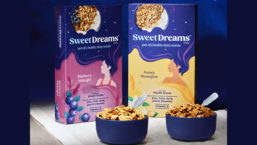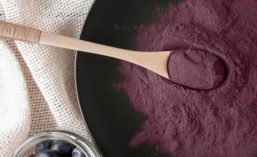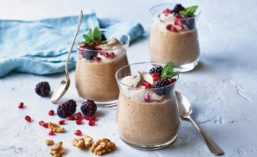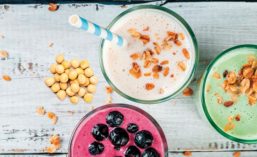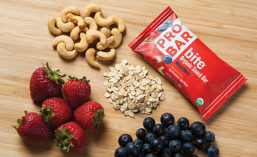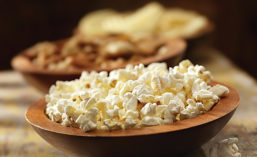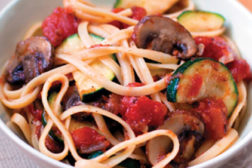Articles by Rachel Zemser MS, CCS
By choosing nutritive sweeteners, developers can heighten flavor profiles and therefore lower total sugars
Read More
Customizing Premixed Dietary Blends for New Functional Formulations
Proactive and preventive premixes, typically found in supplements, are becoming more common in finished food products like nutrition bars and snacks
April 19, 2023
Natural Flavor-Booster & Masker Ingredients for Clean-Label, Plant-Based, and Better-For-You Products
Secondary ingredients need to be derived from natural sources and contain no traces of solvents or similar chemicals
September 29, 2021
Fruits and Nuts in Their Many Forms Have Applications in All Sectors of the Food Industry
Food scientists should be aware of the unique processed versions of fruits and nuts and the applications in which they work best
July 29, 2020
2020 PREDICTIONS: PROTEINS
The Progress of Protein
Consumers seek proteins to meet specific dietary preferences and lifestyles
December 26, 2019
Coffee & Tea, Times Three
Three experts look at coffee and tea from three different angles
April 15, 2019
Defining Clean Food Label Trends
As consumers continue to strive toward "clean eating," the definition continues to evolve
April 13, 2016
Diverse Snack Preferences Lead to Opportunity for Manufacturers
Trends encompass ethnic favorites, varying levels of convenience and multiple health channels
June 11, 2015
Full-Flavor Pastas, Sauces
With the artisan, farm-to-table movement and a drive toward minimal processing, pasta is dressing up more nicely than ever.
August 12, 2013
Unlock the Future of Food and Beverage Innovation
Are you a leader in research & development? Stay ahead of the curve with Prepared Foods, the premier source of information and insights for today's trend leaders and taste-makers in food and beverage manufacturing.
JOIN TODAYCopyright ©2025. All Rights Reserved BNP Media.
Design, CMS, Hosting & Web Development :: ePublishing


